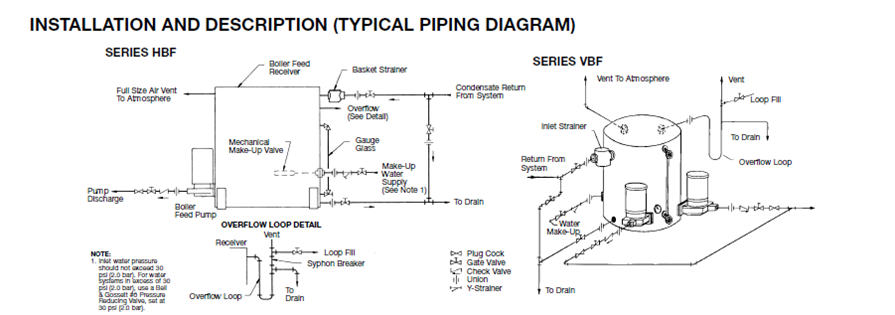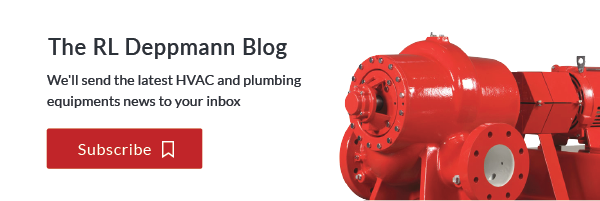As HVAC manufacturers have pushed to increase the efficiency of their equipment, the devices have become smaller and smaller. All that metal in the older units could be eliminated with new burner technologies. But, this shrinking has caused a new set of problems when we replace a much older, more inefficient, and LARGER boiler: boiler flooding. Let’s look at why this happens and how we can solve the problem.
New Boilers Could Mean Less Water Capacity
An old cast iron 200,000 Btuh steam boiler may have had a 40-gallon capacity. Today’s modern, efficient boiler of the same heating capacity may only have 7-8 gallons of water when filled to the proper level. Both boilers will lose water at the rate of about ½ gallon per minute. What is critical in the boiler’s operation is how much water is represented between the Normal and Low water cutoff lines in the gauge-glass. We have to have enough water in those couple of inches inside the boiler to make up for the lag time between the beginning of the steam generation and the return of condensate back to the boiler.
With the old big boiler, this wasn’t a problem. Those couple of inches represented several gallons. But if there are only 8 gallons of water in the new boiler, those couple of inches could represent only 1-1/2 to 2 gallons. At a steaming rate of ½ gallon per minute, those two gallons will be gone in 4 minutes or less—and because of the size of the building’s heating system, it may take at least twice that time for the condensate to find its way back to the boiler. The boiler will shut down on low water or add more water through an automatic water feeder. If the boiler shuts down, you won’t get the heating capacity that the boiler is rated to deliver. If you add water, the boiler will flood when the condensate finally arrives back at the boiler.
Preventing Boiler Flooding
No two systems act the same, so we typically don’t know how long it takes for the condensate to return. Therefore, we need to install something to take up the slack. A boiler feed unit, consisting of a pump(s) and tank, can fill this role. The tank will hold the reservoir of water we need in reserve to prevent the boiler from going into a low-water condition. The boiler feed pump is sized to overcome the steaming rate (usually at 1/2 to 2 times) and the pressure being developed in the boiler plus associated piping between the boiler and the feed unit. A level switch on the boiler will turn the pump on and off as the level fluctuates when the burner fires. This could be a McDonnell & Miller model 42S or 150S, depending on boiler operating pressure. We can use the mechanical float in the feed unit tank to provide additional water for our system, if necessary.
An easy-to-use Selection Chart (Series VBF) can give you sizing information based on Boiler Horsepower, GPM flow rate, Pounds per hour, etc. These units are primarily designed to handle low-pressure steam boilers. There are many other styles and arrangements available that can be custom-made at the factory to meet your exact needs.
So, give us a call the next time your are involved in replacing an old steam boiler and there is no installed method of handling the steaming and condensate cycle that your new high efficiency boiler will need to deal with. We would be glad to help you design a system that will provide the end user with the best products available.


